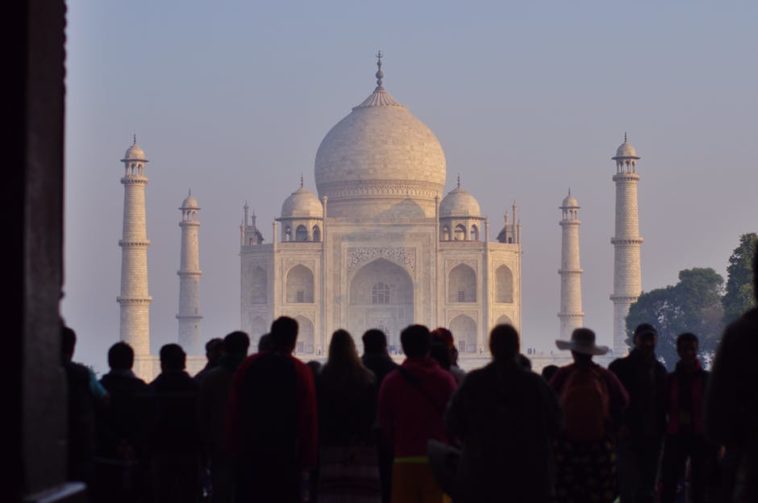The Seven Wonders of the World has historically been the listing of those seven sites which were known to Greeks as the most notable locations in their known world. It was after that many people developed lists of the Seven Wonders of the World that stands out from the rest. But some modern additions have been made to this list that was made by Philo of Byzantium in 250 B.C. it included the hanging gardens of Babylon and pyramids of Giza. But out of those selected locations, now only the pyramids have lasted.
In 2007, the new wonders were chosen by a Swiss company that carried out an online contest. In the contest, more than tens of millions of people voted. Following is a list of the seven wonder of the world built on four continents; the sites selected are the architectural marvels and are among the most visited tourist’s attractions in the world.
-
The Great Wall of China:
Built from: 220 B.C. to A.D. 1644 by several emperors and dynasties
Built over 1800 years, this has become a Chinese national symbol now. The Great Wall of China is actually many walls that overlap and has the combined length estimated as 10,000 to 20,000 kilometers. The natural terrain has been used intelligently to construct the wall.
-
India: The Taj Mahal
Built: 1632-48, commissioned by Shah Jahan, the Mughal emperor
This is one of the architectural achievements of the Mughal Empire which gained over six million visitors in 2016. It took sixteen years to build with the help of 20,000 workers. The design focuses on symmetry and balance presenting a beautiful style.
-
Jordon, Petra
Built: 4th century B.C. to 2nd century by the Nabatean Kingdom
Attracting over 450,000 visitors in 2016, Petra is a city fell to the Roman Empire in A.D. 106. Using the natural terrains as guides, the Hellenistic facades are carved directly into the canyons. Because of instability in the Middle East, the number of visitors has decreased over the previous years.
-
Italy: The Colosseum
Built: in 72-82 A.D. during the first century of the Roman Empire, it was commissioned by Flavian emperors
This is a true example of the Roman Empires architectural innovation and brought over six million visitors in 2016. For around four centuries, this place was used for gladiator and hunting shows as well as for public executions. Only one-third of the original structure is in place and the rest has been destroyed by the earthquake and the mining of the Colosseum’s material.
-
Brazil: Christ the Redeemer
Built: 1926-31, commissioned by archdiocese of Rio de Janerio
This is one of the recently constructed among the new Seven Wonders of the World. The image of the Christ statue is 125 feet tall and attracts over two million visits each year. It weighs 1,145 tons and to support its massive arm span, it has been constructed with reinforced concrete.
-
Mexico: Chichen Itza
Built: 5th to 13th century by Maya-Toltec civilization
The ancient Maya city now features religious temples that epitomize the innovation in astronomy and science. Crowned by the carving of Kukulkan, the featured serpent deity has 365 steps which is one for each day in the Haab solar calendar.
-
Peru: Machu Picchu
Built: By Incas in the mid-15th century
In 2016, Machu Picchu attracted over one million visitors as it is one of the few settlements that remained intact. Built as a royal retreat for the Incan emperor Pachacuti Inca Yupanqui, it was not meant to be visited by the masses. Abandoned from the mid-15th to mid-16th century, it was eventually discovered in 1911. It is reached either by hiking up the Incan trail or by train.
Post Via: NyTimes





